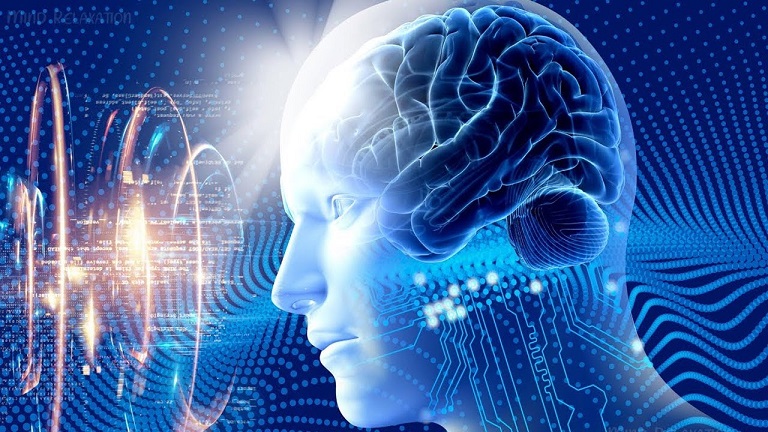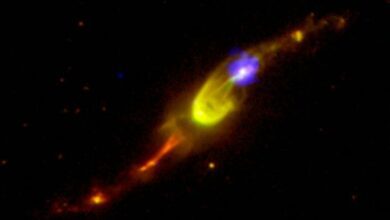
Scientists have created a “memory prosthesis” that restores memories
(ORDO NEWS) — The device consists of electrodes that are inserted into the brain and mimic the function of the hippocampus. “Memory prosthetics” appear to enhance memory encoding twice as efficiently in people with poor memory.
Recovering the memories of people suffering from memory loss due to some neurodegenerative disease, such as Alzheimer’s disease, may one day become a reality.
An electrode is implanted in the brain and mimics what the hippocampus does naturally, according to a new study.
This area of the brain plays a crucial role in memory, in that it not only helps us create short-term memories, but also seems to channel them to other areas of the central nervous system for long-term storage.
Memory prosthetics are more likely to work in people with memory impairments and even more effective in people with poor memory.
More advanced versions of “memory prostheses” will help Alzheimer’s patients or those suffering from memory loss due to traumatic brain injury.
For more than a decade, a team of scientists has been conducting research to learn how to mimic the process of memorization.
Their idea is to use brain electrodes to understand patterns of electrical activity that occur when encoding memories, and then use those same electrodes to trigger similar patterns of activity.
The researchers tested the invention on animals and some people who had already been implanted with a device to treat epilepsy.
The scientists successfully tested two versions of the memory prosthesis on 24 epileptic patients who had already had electrodes implanted in their brains. Some of these people also had traumatic brain injuries.
The first version, called the Memory Decoding Model or MDM, mimics patterns of electrical activity that naturally occur in the hippocampus when a volunteer forms memories.
The MDM model takes the average of these patterns from each individual and then runs that pattern of electrical stimulation.
The second version is called MIMO, which mimics the hippocampus better. In a healthy hippocampus, electrical activity flows from one layer to another before spreading to other areas of the brain.
The MIMO model is based on the study of electrical input and output circuits that correspond to the memory encoding, in order to then simulate them.
The authors of the study hope that in the future, their “memory prosthesis” will help people suffering from memory impairments to restore their memories. People with traumatic brain injury will be the first to receive help.
Interestingly, those affected by the hippocampus are the easiest to treat, unlike, for example, Alzheimer’s disease, which usually affects many areas of the brain.
—
Online:
Contact us: [email protected]
Our Standards, Terms of Use: Standard Terms And Conditions.









